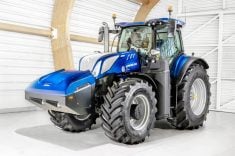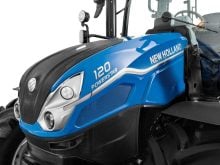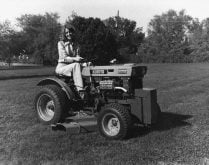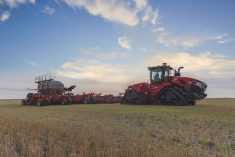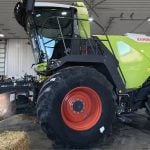Glacier FarmMedia – The price of new and late model farm equipment will continue to be high in 2023.
As the loonie’s value falls in relation to the American dollar, assets manufactured outside of Canada cost more.
“Especially when you’ve got a piece of equipment that you put on order, at some point they’re (dealers) going to come back to look for more money. So yeah, buying equipment is going to be more expensive for producers,” said Jordan Clarke at Ritchie Brothers.
Read Also
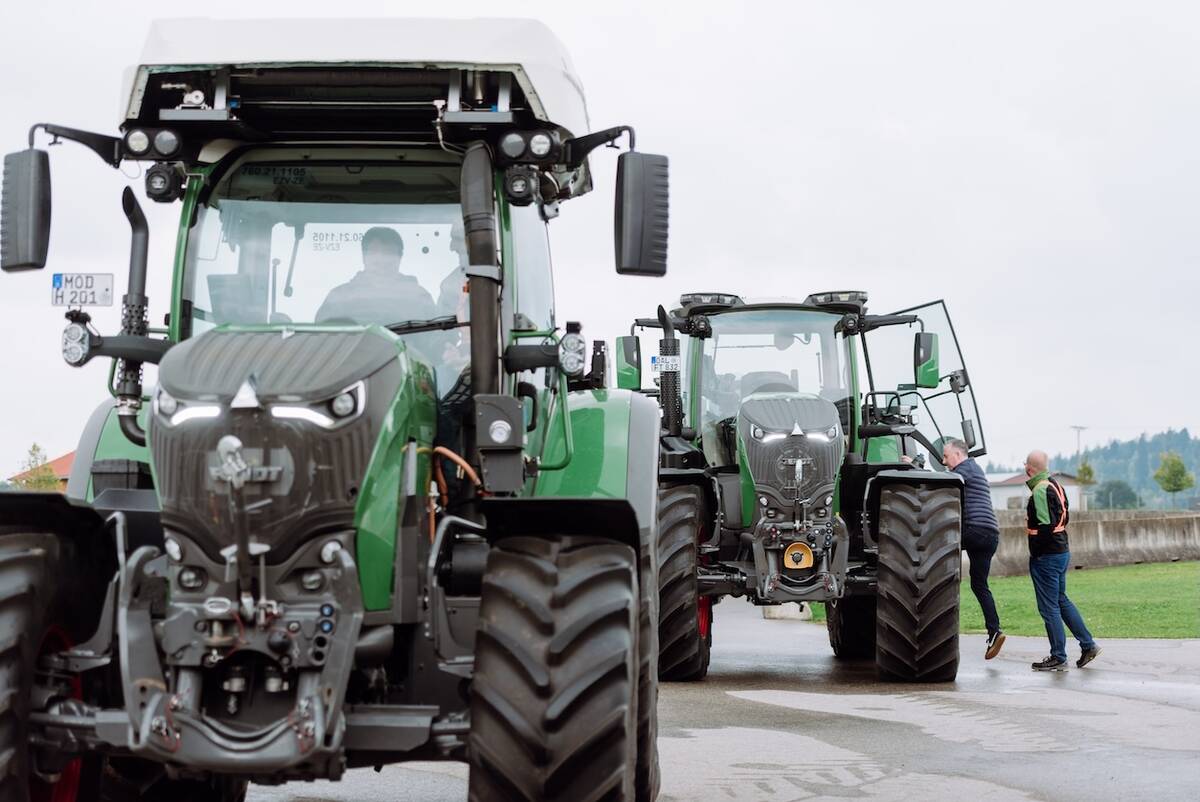
Agco worries about outlook for North America
Agco chief executive officer Eric Hansotia recently had both good and bad news to share about the demand for new farm equipment.
Canadian farmers benefit from a high exchange rate when selling their commodities on international markets.
“That exchange rate is going to make our commodities be way more attractive in the open market compared to others that are higher. So, it’s kind of a double-edged sword,” Clarke said.
[RELATED] Manitoba Co-operator: Farm equipment logjam not clearing any time soon
JP Gervais, Farm Credit Canada’s chief economist, said overall demand for farm equipment is projected to remain strong into 2023, despite rising interest rates and a weakening exchange rate between Canadian and American currencies.
“Demand is supported by strong farm cash receipts, even with commodity prices softening from peak levels. Increased supply, due to improving equipment inventory levels, will also support demand, although inventory levels remain below pre-pandemic levels.”
When the loonie falls relative to the American dollar, used equipment in Canada becomes more attractive to buyers from south of the border.
However, Clarke said he hasn’t seen a significant amount of equipment head to the United States because there has been strong competition from Canada’s agricultural sector.
“When you have such a competitive and profitable Canadian ag market, that we’ve been seeing up until this point through 2022, it’s the Canadian ag producers who are still the most aggressive on purchasing,” Clarke said.
American bidders on farm equipment are active at Canadian auctions, and they do help drive prices up, but most of the winners have been Canadian buyers.
Clarke said the price of new equipment started to climb in 2020. Then good used equipment followed, as did prices for older equipment.
“It was almost like a mob mentality with purchasing, so even 30-year-old grain trucks and 25-year-old air drills and those six-inch grain augers, a lot of that stuff had settled into a market where it is what it is,” Clarke said.
“But the demand on everything was just incredibly high. There’s a price lift on pretty much every asset we sold, regardless of age and, (in) certain cases, condition.”
He said prices for older equipment fell this summer compared to spring, although almost all categories continued to be up year over year at Ritchie Brothers sales.
Inflationary pressure and supply chain problems affecting equipment deliveries will support the price of used equipment in the coming months, Clarke said.
“I think in the short term, you know the next six to nine months, we’re going to see strong pricing on assets, especially in the air drills, the tractors, combines, sprayers and any of the support equipment that’s relatively late model. There’s going to be very strong demand.”
Increasing interest rates may pressure new purchases, and he has seen producers retain their equipment longer than they typically do, especially when they aren’t sure whether dealers can deliver new units.
“A lot of farmers that have not been given their new deliveries on equipment. Therefore, they’re not excited to give up their used equipment until they can see their new ones,” Clarke said.
“So, they’re holding onto used equipment and those dealerships don’t have the used equipment to sell, and it’s kind of the trickle-down effect. So, if you cut it off at the dealership level, it just slowly produces less equipment into the marketplace to actually trade.”
With fewer pieces of equipment in the market, this year Ritchie Brothers has seen fewer machines to sell compared to the previous few years.
However, Clarke said higher prices have offset the reduced sales volume.
In the Association of Equipment Manufacturers sales report for tractors and combines in Canada for September, combine sales were up 105.6 per cent over September 2021, with 1,241 combines sold.
Four-wheel-drive tractor sales in Canada are up 64.3 per cent year-on-year, while sales in the two-wheel drive segment fell 1.6 per cent due to a 13.1 per cent decline in the under-40-horsepower segments. Sales of two-wheel-drive tractors with more than 100 hp are up 5.2 per cent compared to this time last year.
– This article was originally published at The Western Producer.



